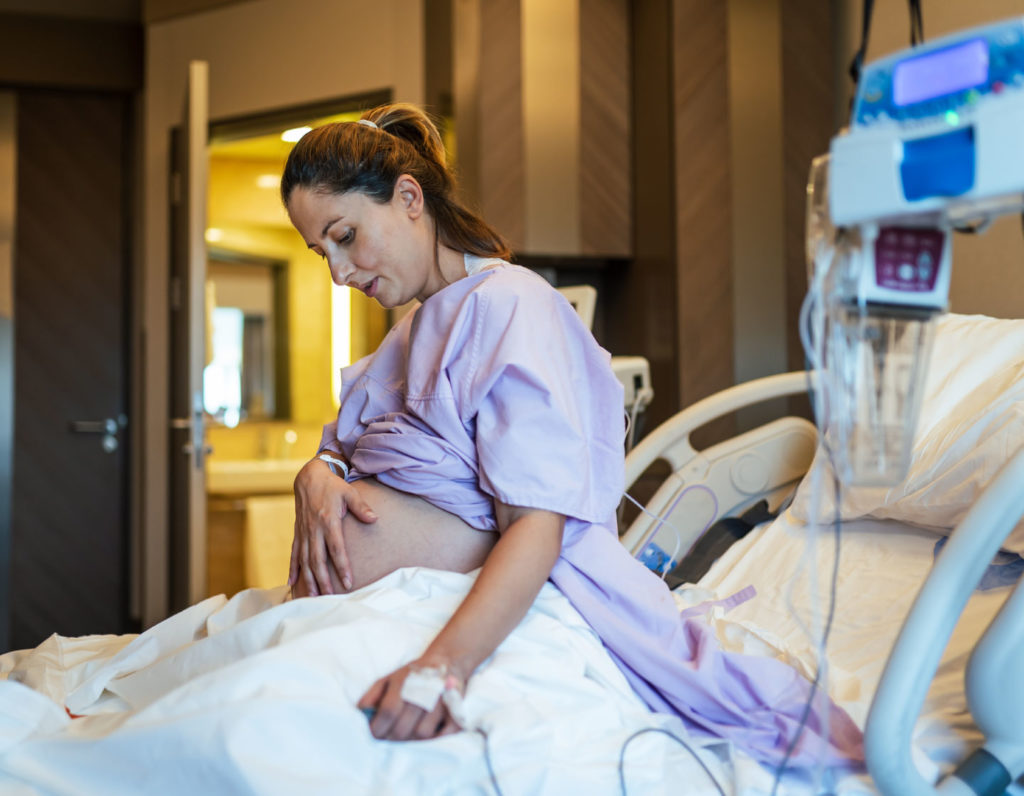

Knowledge is power when it comes to making birth decisions.
As a midwife, I am extremely passionate about ensuring women and their families receive evidence-based, informative education and support during the perinatal period, to be able to make informed decisions about their pregnancy, labour, birth and the postpartum period. If you are preparing to give birth, there are some important things to know and consider about cesarean sections, more commonly known as C-sections as these procedures becoming increasingly common in Hong Kong and worldwide.
Medical Disclaimer: Caesarean sections are a life-saving tool. All advice given is general and not specific to you and your pregnancy. Please talk to your healthcare provider to make informed decisions together.
Read more: Giving Birth In Hong Kong: Public Vs Private Hospital Options
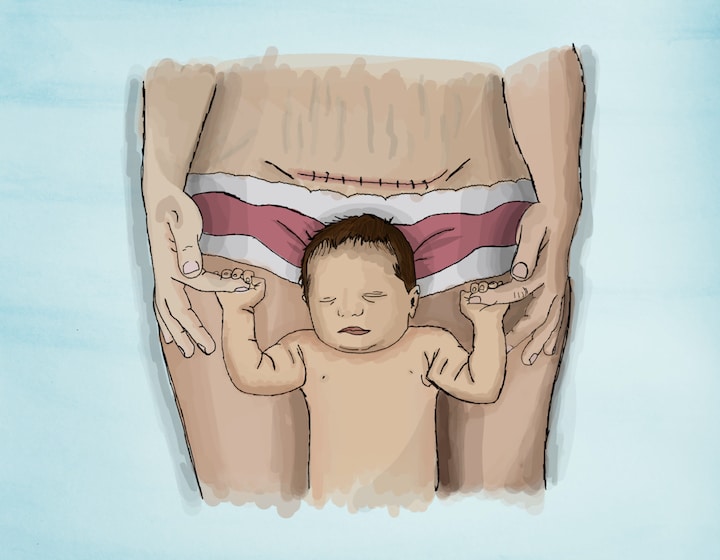

1. Basic Introduction To C-Sections
What is a C-section?
The medical dictionary definition says “A caesarean section (C-section) is a surgical procedure in which incisions are made through a woman’s abdomen and uterus to deliver her baby.” This could be planned or unplanned.
Planned C-section
There are many reasons why a woman may need a planned C-section.
- Physical complications with baby or mother during pregnancy or labour
- Certain foetal positions
- Placenta Previa
- Previous C-section (within 18 months)
- Maternal choice
- High order multiples and more
In a planned C-section, you will generally have a date chosen by your Obstetrician (OB), and the delivery details will be organised and timely. You will usually go into the hospital quite early in the day, for an anaesthetic consultation, where you will meet the anaesthetist looking after you (if you have not already met him or her beforehand). They will run you through some important questions that’ll help them to understand you, your health and your baby.
You will then generally be waiting in a hospital room, on a bed, with your partner until you’re ready to be called to the theatre. A midwife, your OB and the anaesthetist, as well as theatre staff, will be present. Once bub is born, there may also be a paediatrician to ensure that your baby is well.
After the birth, depending on hospital protocol, as well as your and baby’s health – bub may be dried/wrapped and put on your chest while the operation is finished. After this, generally, both of you (mum and baby) will go to the recovery room or ward for a short period of time where you will be closely monitored, before moving to the postnatal ward. Your partner generally cannot come to recovery and will need to wait at the postnatal ward.
Emergency C-section
Any C-section that is not pre-planned is called an emergency caesarean section. Even if you and bub are doing well and it’s simply the best choice at the time, it’s still called an emergency, so don’t let that scare you. An emergency C-section can be a bit more rushed (if urgent) than a planned one, so you and your partner need to be aware that health professionals around you will move very fast. It can feel overwhelming, but education is key. Knowing beforehand what to expect is vital to help in remaining calm.
During an emergency C-section, there will almost always be a paediatrician present to help bub if they require. Depending on how your little one is doing, they may need to go to the NICU for further observation or help.
Read more: All You Need To Know About Cord Blood Banking In Hong Kong
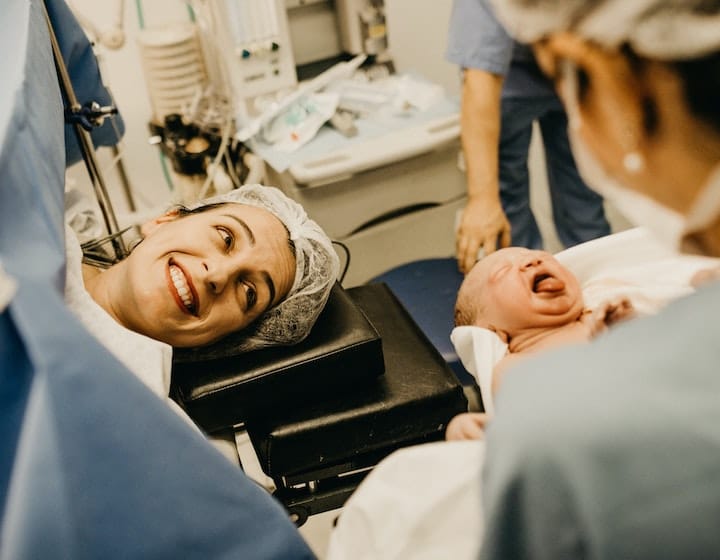

2. Pain Relief In A C-Section
In terms of pain relief, there are two main options. If you have an effective epidural or spinal already, you can be transferred straight to the theatre and the operation can begin. However, if you don’t have an epidural, the decision needs to be made, depending on urgency if there is enough time for the anaesthetist to put a spinal or epidural in. If yes, this is what will happen. However, if there is a major emergency and bub needs to be born immediately, mum will have a general anaesthetic which means she won’t be awake for the operation. Unfortunately, if this needs to happen, most of the time your partner is not allowed in the operating theatre. However, it is important to remember this is life-saving for your baby.
After a C-section, there will be a wound/scar in the pelvic area or otherwise known as under the “bikini” line. It is important to take good care of your C-section scar, keeping it dry and clean, with special care during and after a shower. Your midwife and OB will show you how to care for the wound and inform you of when you need to return for follow up care or what to look for in case of any issues.
Your body will generally take longer to recover after a C-section than a vaginal delivery as a C-section is major surgery. Mums usually remain in the hospital for a longer period of time (3 to 5 days). The day after delivery, midwives encourage mums to be up and walking a bit, so as to prevent blood clots and promote healing.
Read more: Postnatal Depression: How To Detect Symptoms And Find Solutions


3. Recovery After A C-Section
It’s hard enough taking care of your baby but that’s compounded when you have undergone major surgery yourself. It is vital that you rest and recover properly yourself, to be able to take care of your newborn. Here are some tips to aid your recovery:
- Take pain relief. It is important to stay on top of the pain, especially in the first few days/weeks. Once the pain becomes overbearing, it can be very hard to get on top of and manage.
- Get moving and showered. Generally, if all is straightforward you will be encouraged to get up and showered the day after your C-section (with assistance from midwives and nurses).
- Stay hydrated. Drink lots of water and electrolytes (coconut water is great for hydration and tastes good!). This helps recovery, breastmilk supply and also your bladder sensation. Once you are up and moving around, your catheter (a small tube in the bladder to drain urine) will be removed.
- Eat light meals that are rich in fibre and help your bowels to get moving. Fruits like kiwis, oranges, pears are a great snack and full of fibre.
- You have had a major operation, mama, so do ask for help when you need it! This is a tip I really want to emphasise. Don’t ever feel that you cannot or should not reach out for support.
- Hold your wound when coughing/laughing. This can help provide support to the wound.
- Hand express if unable to breastfeed – ask your midwife to show you how to express colostrum from the get-go, and store safely (if this is what you choose to do).
- Don’t lift any objects that are heavier than your baby, for at least six weeks, if possible.
- Rest! This is hard, I know. But it is so important, your body does need time to heal.
Here are some great ways for partners to help with recovery after birth:
- Help mum to get in and out of bed
- Pass the new little bub to her for feeds
- Provide emotional support by listening to how she’s feeling and offering encouragement
- Ensure mum is eating healthy delicious food
- Change nappies and have some skin-to-skin time with your baby
Read more: 5 Tips For Birth Partners: How You Can Help During Labour
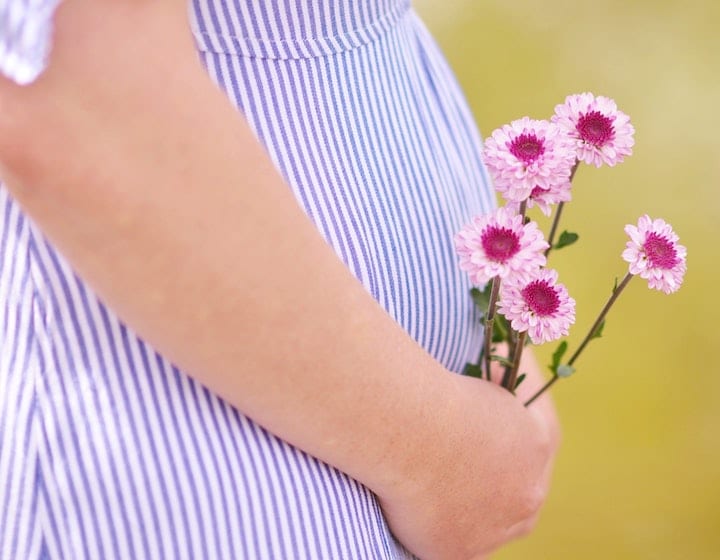

A lot of mothers ask about how to avoid a C-section. The World Health Organization (WHO) has noted, “Caesarean sections can be a lifesaving procedure for mother and baby, but rates beyond 10% of live births are not associated with reductions in maternal and newborn mortality. The trend towards overuse of caesarean sections is a major concern globally, given the risks to the mother and her child associated with an unnecessary caesarean birth.”
Some tips to avoid an unnecessary C-section (this means a C-section delivery is not medically needed and not maternally wanted):
- Have an active and healthy pregnancy
- Get good support during labour
- Stay at home during early labour if you are able to, as this is where you will usually feel calm and safe as it is a familiar environment. However, if at any point you feel you need to go to the hospital, it is best to go and be safe
- Get antenatal education for mum and partner
- Change positions and be active in labour, allow baby to move into an optimal position
- Trust in your body
To know more, read guidance from the WHO and watch this FAQ video by Bumpnbub.
Read more: Top Antenatal Classes In Hong Kong To Get You Ready For Labour
 View All
View All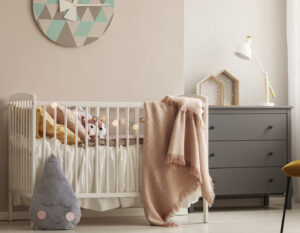
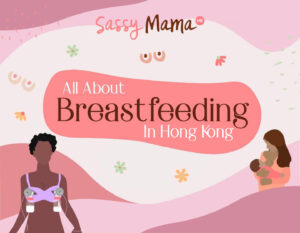

 View All
View All
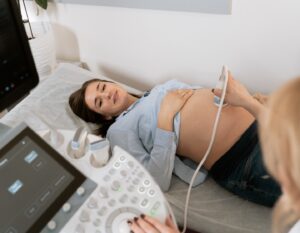

 View All
View All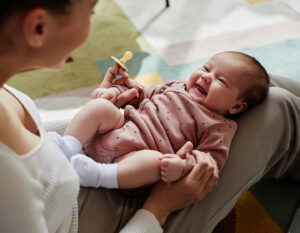
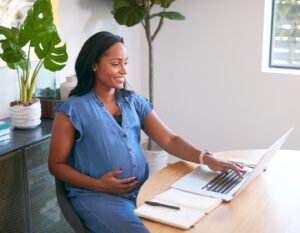
 View All
View All


 View All
View All










